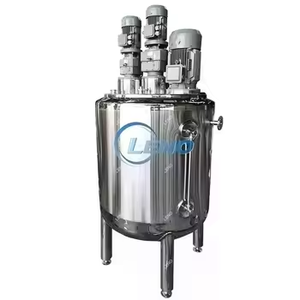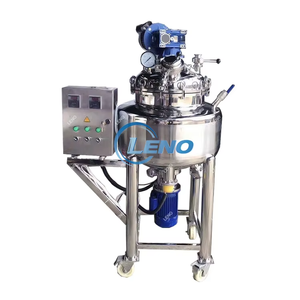Introduction to Professional Mixing Boards
Professional mixing boards, also known as audio mixers, are essential tools utilized in various audio production environments, including recording studios, live sound events, and broadcasting stations. These devices are intricately designed to control audio levels, balance sound through various channels, and create a polished audio output. Whether you are a seasoned sound engineer or a budding musician, understanding the functionalities of professional mixing boards can significantly enhance your audio capabilities.
Types of Professional Mixing Boards
Professional mixing boards come in various types, each tailored for specific applications. Understanding their features can help you choose the right board for your needs:
- Analog Mixing Boards: These boards utilize analog signals and are often favored for their warm, natural sound quality. They are straightforward to use and offer a tactile approach to mixing.
- Digital Mixing Boards: Equipped with advanced features, digital boards allow for extensive audio manipulation, including effects processing, automation, and sample playback. They also typically feature a digital user interface.
- Hybrid Mixing Boards: Combining elements of both analog and digital, these boards provide flexibility and versatility, making them ideal for various settings.
- Compact Mixing Boards: Perfect for mobile setups or smaller productions, these boards feature a reduced number of channels but still offer high-quality mixing capabilities.
Function and Feature of Professional Mixing Boards
Professional mixing boards boast a wide range of functions and features, making them indispensable in audio production:
- Channel Strips: Each channel strip includes essential controls such as gain, EQ, and auxiliary sends, enabling precise sound management.
- Bus Systems: Mixing boards allow the grouping of audio channels (buses) to simplify the control of multiple tracks simultaneously.
- Built-in Effects: Many digital mixers come with integrated effects such as reverb, delay, and compression, allowing users to enhance audio without external devices.
- Multi-Track Recording: Professional mixing boards support multi-track recording, permitting simultaneous recording of several instruments or vocal tracks for comprehensive sound layering.
Applications of Professional Mixing Boards
The applications of professional mixing boards are diverse and can be found across various sectors:
- Live Sound Engineering: Mixing boards are crucial for live events, enabling sound engineers to balance audio for musicians and ensure optimal sound quality for the audience.
- Studio Recording: In recording studios, these boards are used to achieve the perfect mix before finalizing content for broadcasting or distribution.
- Film and Broadcasting: Mixing boards help in sound design for movies and TV shows, ensuring that dialogue, sound effects, and music are integrated seamlessly.
- Podcasting and Streaming: Content creators utilize professional mixing boards to improve audio quality during recordings, making their content more engaging for listeners.
Advantages of Using Professional Mixing Boards
The benefits of employing professional mixing boards in audio production are manifold:
- Enhanced Sound Quality: With precise control over audio levels and effects, mixing boards contribute significantly to superior sound clarity and richness.
- Increased Efficiency: The user-friendly interface and organized layout of mixing boards allow audio engineers to work efficiently, speeding up the mixing process.
- Customizability: Many boards provide options for customization, enabling users to tailor settings to fit specific audio needs.
- Durability and Reliability: Professional mixing boards are designed for enduring performance, making them ideal for both studio settings and on-the-road events.





























